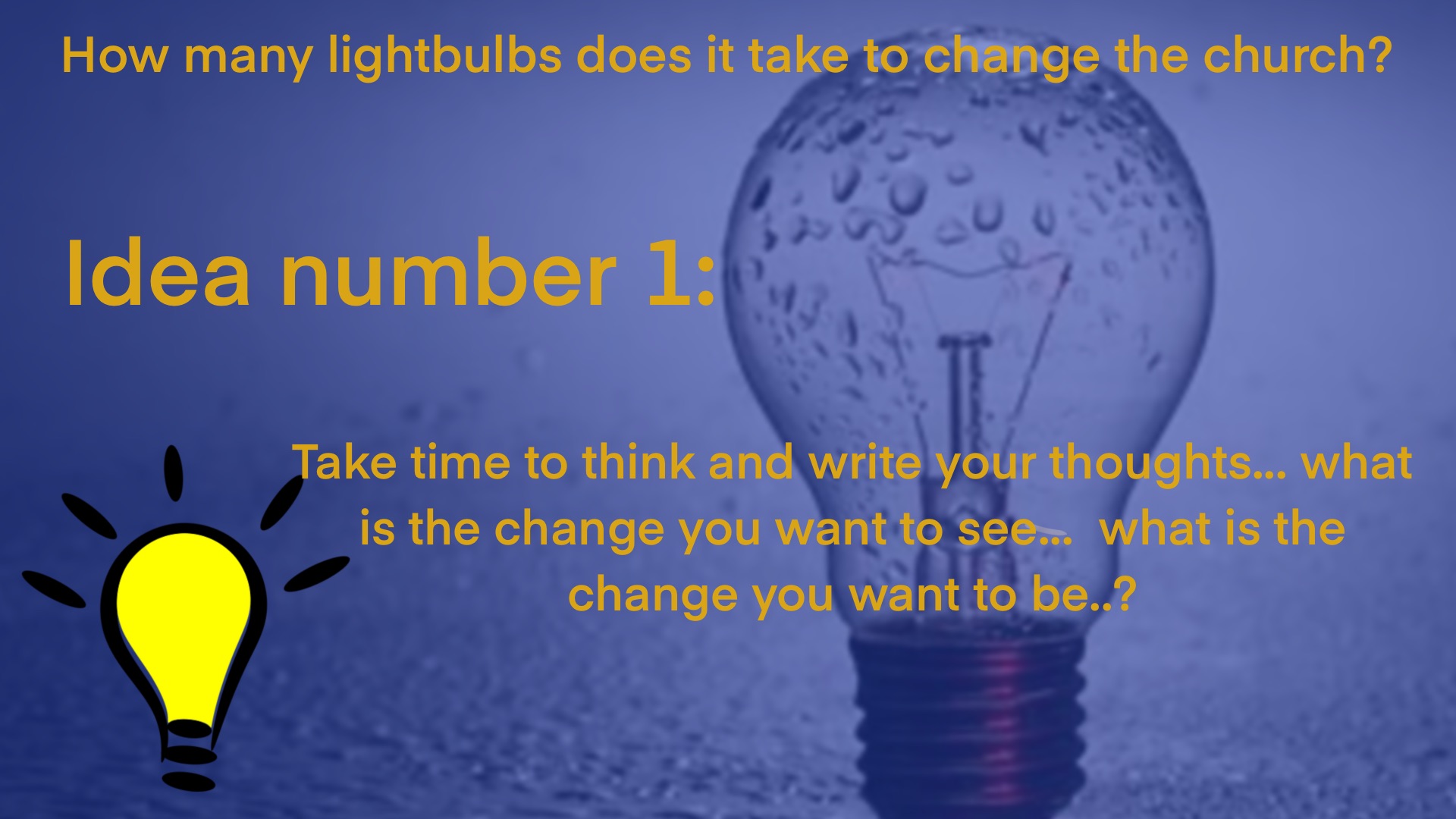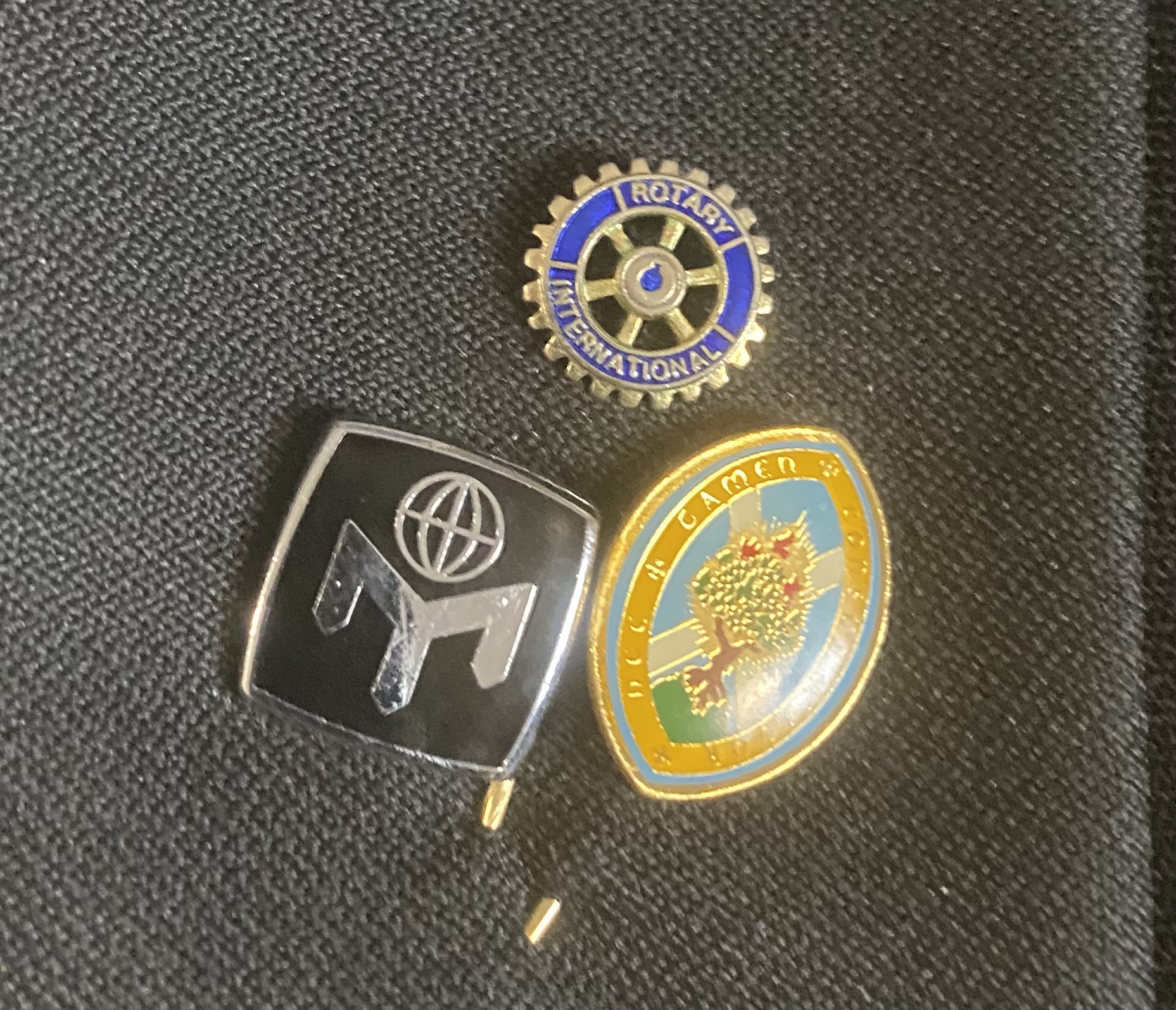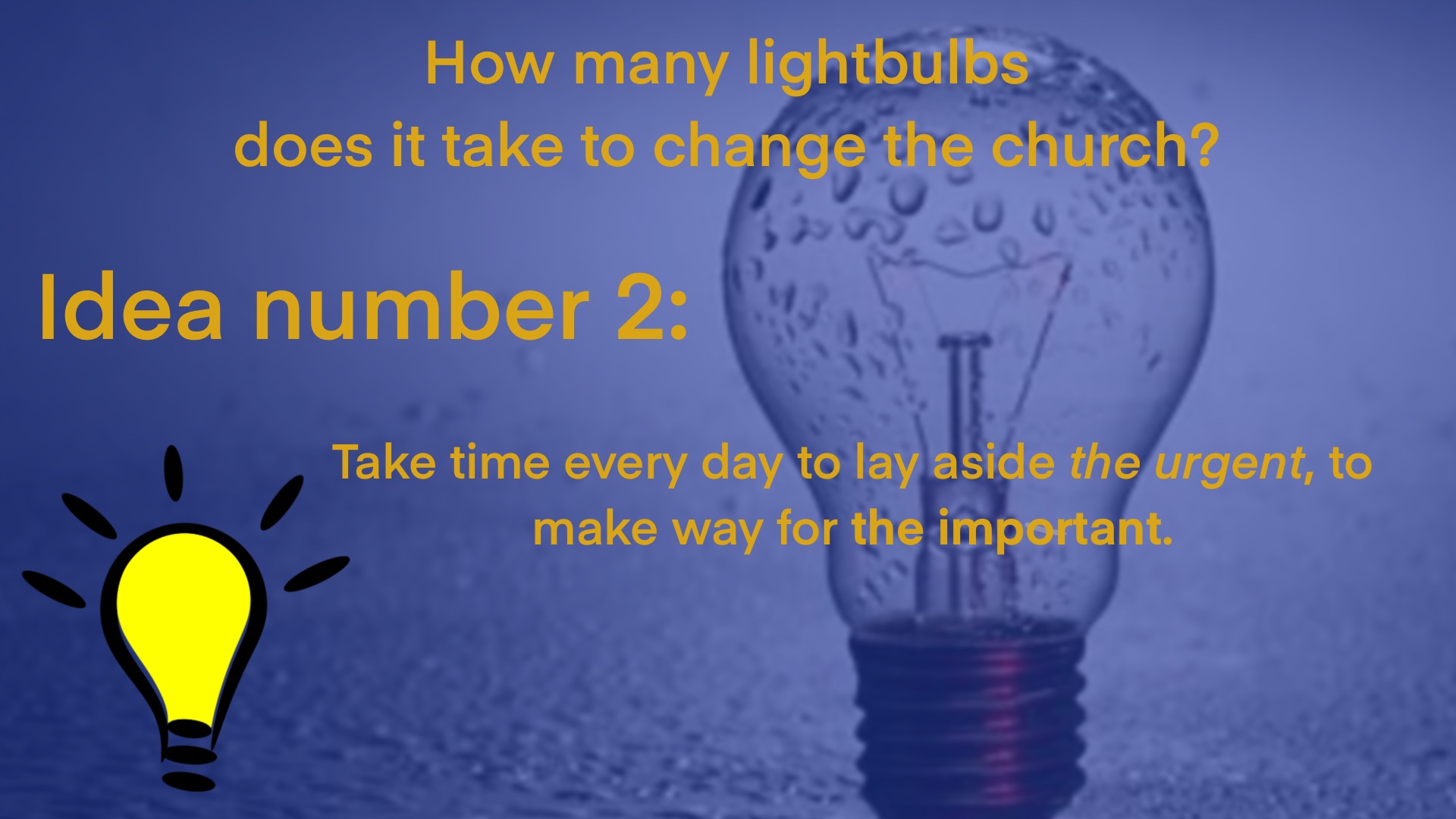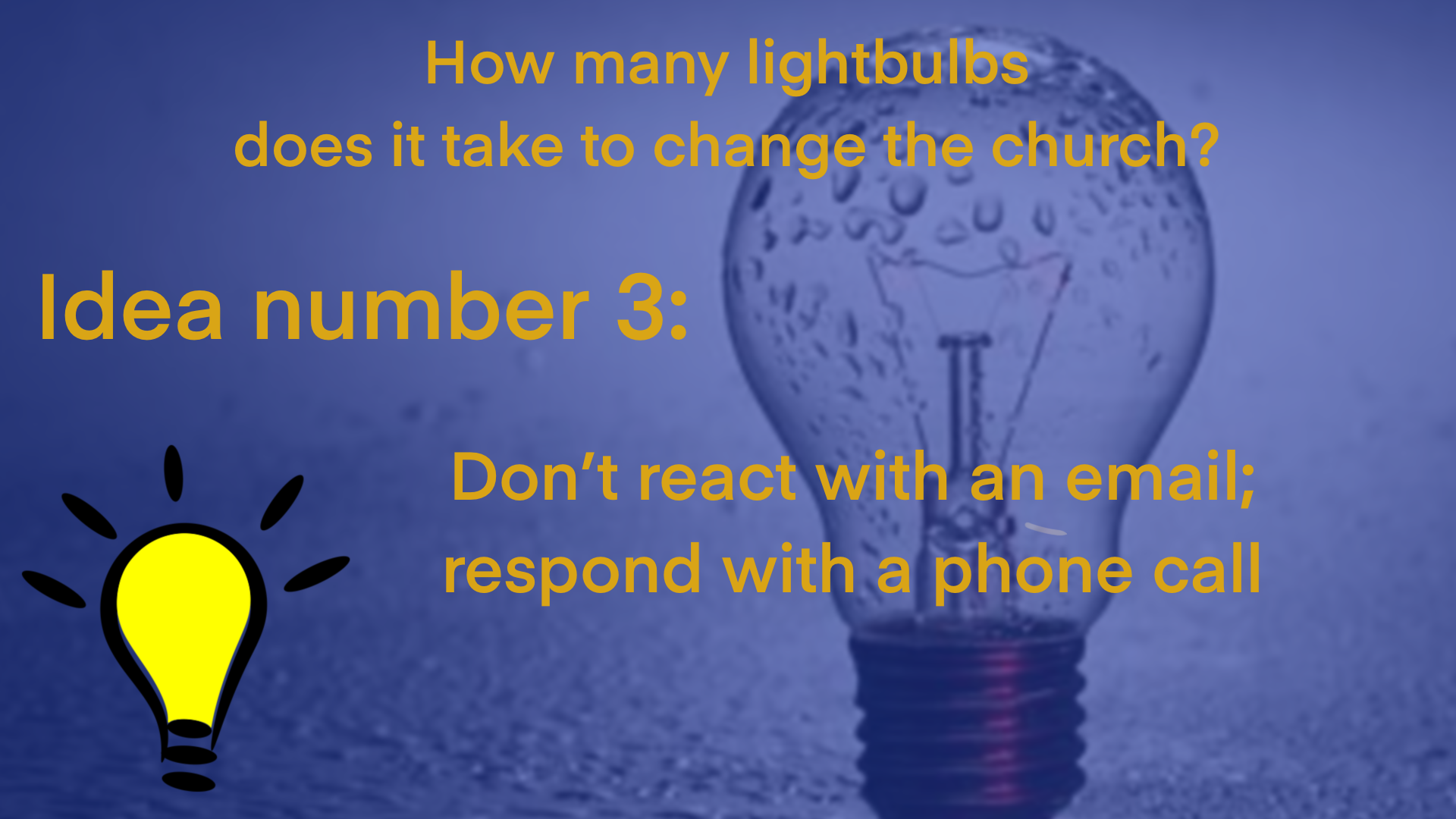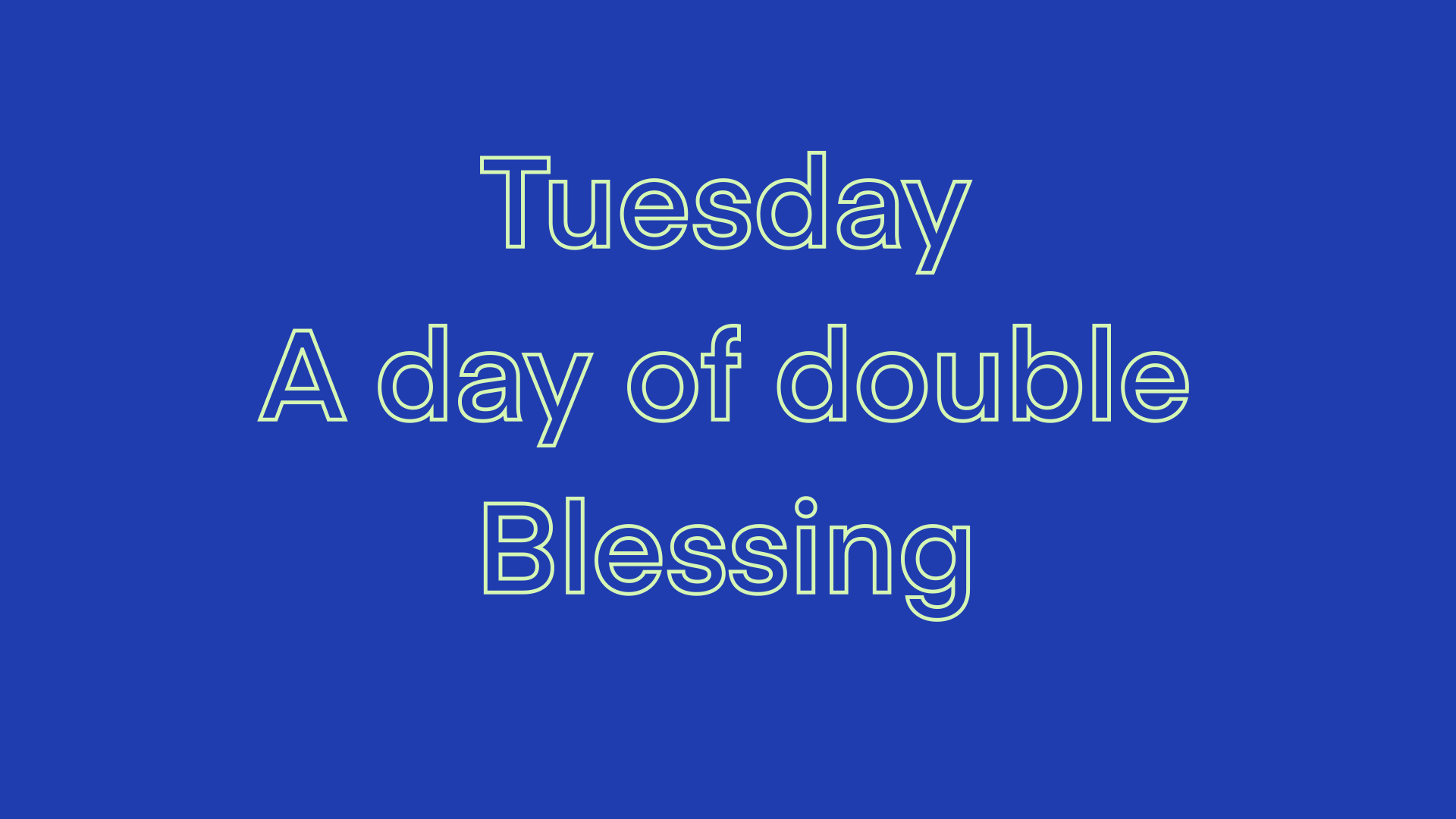ITsForMinistry is also on Facebook
Read MoreAnalogue to Digital Interface
When you need to pass an analogue audio signal to a digital USB, you want one of these…. An analogue/ digital interface. Some Audio mixers will have a USB connection, and other more sophisticated audio interfaces are available but for around £20 this little box will be a helpful addition to your digital tool kit! You could connect an analogue audio output from a mixer desk into computer, tablet or…
Read MoreBeing Digital
D is for Discipleship I is for Interface G is for God’s Mission I is for Inclusive T is for Teaching A is for All Age, Audio, and Accessibility L is for Language I’ll update this page with some links…. And more info… very soon…. Do book mark the site and come back again soon…! ITs For Ministry has a FACEBOOK Group – open to all – www.facebook.com/groups/itsforministry Keep on…
Read MoreTake time to reflect.
Socrates is attributed with saying “The unexamined life is not worth living” And more recently Charles Handy quotes: “It’s like the Irishman Frances Crick once said: ‘How do I know what I think until I hear what I say?’” Do you take time to listen to yourself..? To reflect and ponder what you really believe and think about life, the universe, faith, God, yourself and everything…
Read MoreMembership and Belonging
What are you a member of? What groups and organisations do you belong to? Within the Church we sometimes talk of membership, and we sometimes talk of how some of our most committed folk are not members, and yet many of our members aren’t active in the community of faith. The understanding of membership has certainly changed over the years. In our post-modern world… are we still ‘post-modern’ or gone…
Read MoreMake time for the Important
Stephen Covey spoke of ‘First things First’, important things first. He borrowed Eisenhower’s Urgent/Important Matrix Michael Heppell and others speak of allocating time to the categories: ‘Me’, ‘Key’, ‘stuff’ – where ‘Key’ projects are the mission critical important ones… yet how often all the urgent stuff pushes out the important. ‘Me’ times – are, well it says it on the tin doesn’t it – times for YOU – and that’s…
Read MoreRespond don’t React
In our fast paced world when communication can be instant there can be the temptation to react swiftly with an email reply. Remember though the slightly older technology that facilitates full duplex synchronistic conversation – the telephone – and its modern counterparts the Voice call or video call. You can engage much better, reach a full solution rather than just the next step… and there’s less opportunity for misunderstanding. See…
Read MoreHow to you manage your ‘things to do?’
“Thanks, I’ll try to remember to do that at the end of the month” Mmm… why leave it to you memory…! Capture ideas and ’things to do’ when they first crop up! iOS users – try: ‘Hey Siri, remind me to…. tomorrow/ next Tuesday/at the end of the month’ More info on using Siri with Reminders Put it in your diary, or notes Or if you want to try something…
Read MoreWhere are the bottlenecks?
The late Eli Goldratt (1947-2011) was a scientist who building on models and ideas from the natural world and turned the focus of his work to the leadership of change. He coined the phrase ‘Theory of Constraints’ – which at its simplest says ‘No system is operating at maximum potential, if it were there would be infinite and perfect output, there will always be at least one limiting factor, or…
Read MoreA day of double blessing
It’s Tuesday – a day of double blessing! A careful reading of Genesis 1: 9-13 reveals that ‘on the third day’, God said not once but twice “this is good”. In Jewish tradition weddings are often celebrated on the third day – the day of double blessing. Today, as I write, is Tuesday the fourth of May. It a day enjoyed by Star Wars fans – “May the fourth (force)…
Read More